In Focus: An exhibition capturing both the old and young selves of William Nicholson and James Pryde
Peyton Skipwith enjoys an exhibition that explores the reciprocal influences and artistic partnership, as well as the different temperaments, that shaped two remarkable careers.

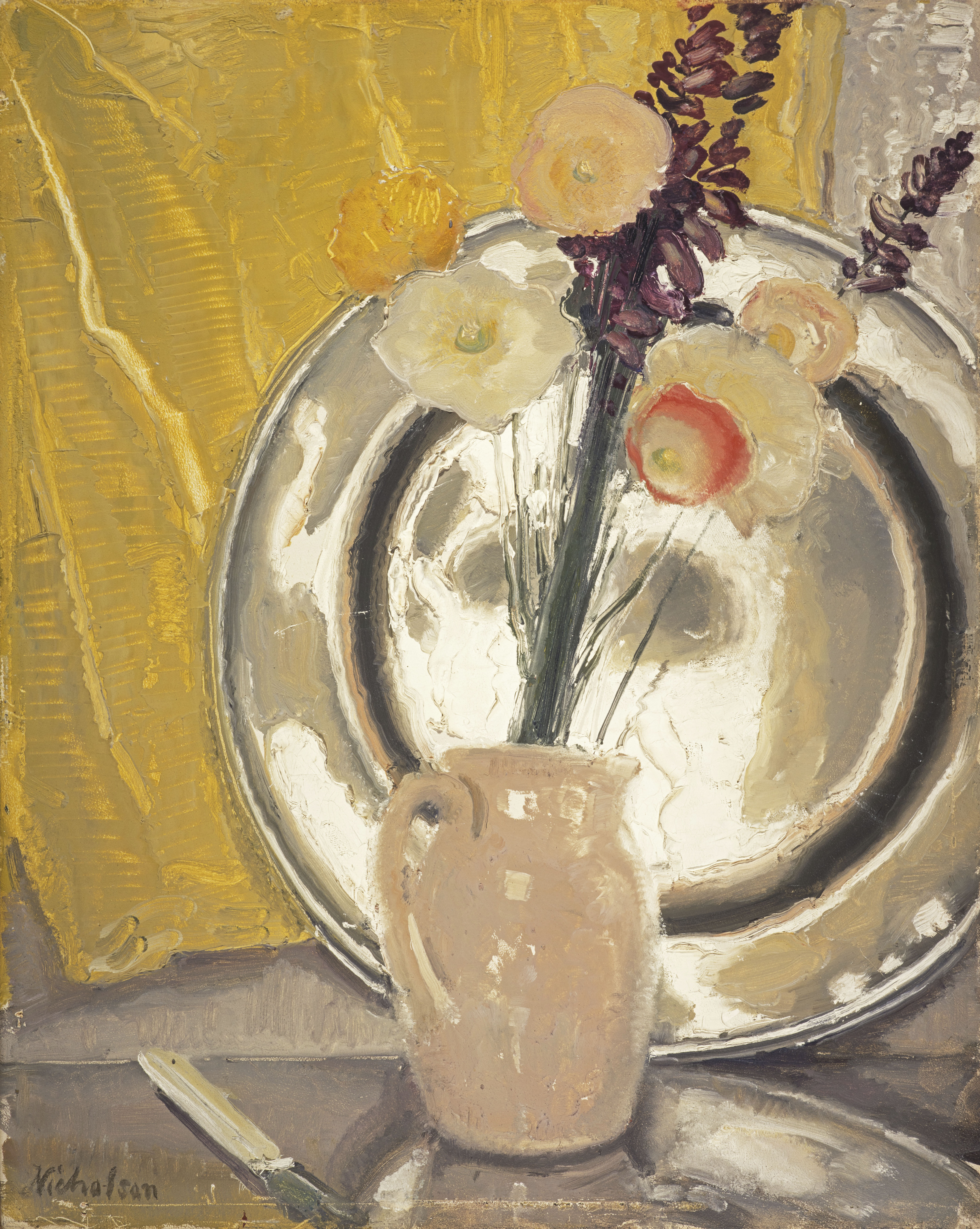
In January 1899, ‘RM’, an unidentified rhymster in the Westminster Gazette, published The Blind Beggarstaff of Bethnal Green, based on a traditional ballad and prompted by the pasting-over on a local billboard of the Beggarstaffs’ Rowntree’s Cocoa poster with another advertising Bass. The second verse reads: ‘O face with an eye that is all obscured,/O master whose work is done,/‘Tis best that thou at last art blind,/O Pride of a Nicholson.’
RM was clearly well informed and knew who the Beggarstaffs were: namely the 33-year-old James Pryde and his 27-year-old brother-in-law, William Nicholson, whose simplified poster designs were already creating a sensation throughout Europe.
Visitors to this striking exhibition are immediately confronted by one of the largest, Cinderella, about 8ft by 10ft, created in 1895 for the Drury Lane Theatre.

The name Beggarstaff – ‘a hearty old English name’ – was apparently adopted by Pryde and Nicholson from a sack of fodder they came across in an old stable. To understand what they were about, however, one needs to jump 30 years to Max Beerbohm’s caricature Old and Young Selves, which depicts the two artists – by then, middle-aged – faced with a double-headed figure of their younger selves; the mature Nicholson says ‘who were that?’ as Pryde says ‘who were those?’, posing the question as to whether Beggarstaff was singular or plural.
As young men struggling to sell their paintings, Pryde and Nicholson turned to advertising to make a living, forsaking paint for collage and stencil, thus dictating a dramatic simplification of form. Their best known, and often reproduced, poster is that created for Henry Irving’s 1895 production of Don Quixote at the Lyceum, although, for sheer simplicity, their Hamlet of the previous year is without equal.
For Nicholson, the practice of collage lead logically to his several series of woodcuts – ‘An Almanac of Sports’, ‘Twelve Portraits’, ‘An Alphabet’ and ‘London Types’ – published by Heinemann in the late 1890s. Ironically, Heinemann rejected his most famous image, that of the elderly, tea-cosy-like Queen Victoria, thinking it too unconventional. It was quickly taken up by W. E. Henley and published in the June 1897 issue of The New Review.
The exhibition moves dramatically on from paper and print to oils, with Pryde’s architectural-cum-stage sets of a decade or two later – The Slum (Les Bas Fonds), An Unknown Corner, The House – dominating the succeeding rooms. These great imaginary edifices, inspired in part by memories of the decaying medieval buildings and sordid closes of Edinburgh’s Old Town, tower over the diminutive figures that populate them. Even the usually striking Lady Ottoline Morell is dwarfed by tall, undefined forms.
Exquisite houses, the beauty of Nature, and how to get the most from your life, straight to your inbox.
Theatricality, both of setting and subject matter, pervades. Theatre was in Pryde’s blood and he couldn’t resist the lure of stage and greasepaint, whether depicting the young Ellen Terry in a brocaded gown, hands apart as if holding an unseen audience in thrall, or Moll Cutpurse and Dick Turpin from his ‘Portraits of Celebrated Criminals’.
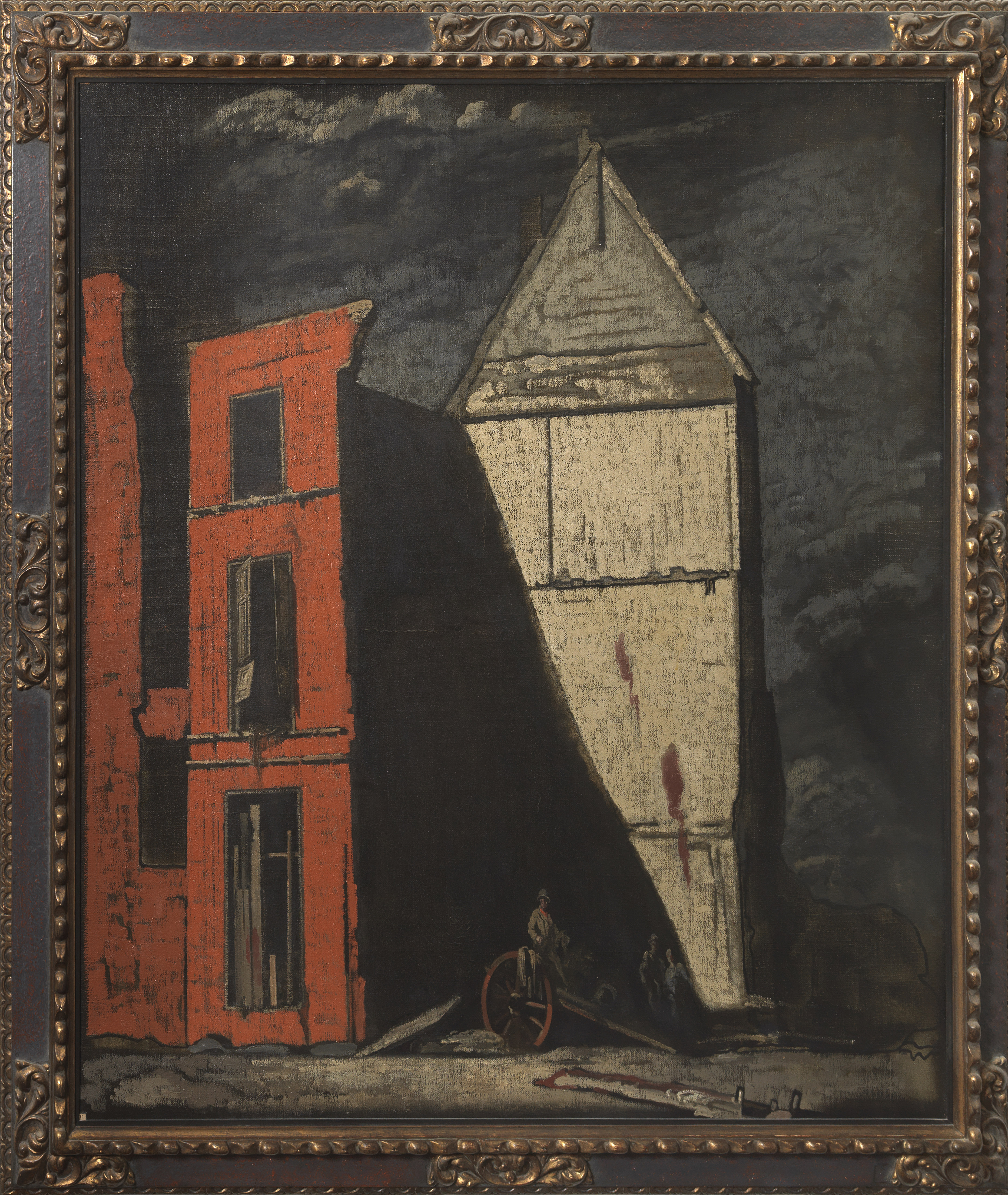
A four-poster bed is as much a stage in his hands as the Lyceum, as witnessed in The Death of the Great Bed and The Doctor. But Nicholson, whose character was more worldly, could match him in this respect, as demonstrated by the on-going confusion over authorship of the extraordinary pair of paintings, The Death Bed (Pryde, 1913) and The Convalescent (Nicholson, 1914), commissioned by the American heiress Mrs Payne Whitney (née Vanderbilt). At its most recent appearance at the Scottish National Gallery of Modern Art in 1992, The Convalescent was firmly ascribed to Pryde.
The feckless Pryde was lucky in his friends, especially Lady Cowdray and James Gunn, whose austere portrait of him contrasts with Augustus John’s depiction of the debonair Nicholson.
Lady Cowdray, already a patron, commissioned, from 1912 onwards, a series of large-scale paintings to decorate the library at the family’s Scottish home of Dunecht in Aberdeenshire. These were dispersed at auction a few years ago, but several are included here, among them The Shell, The Red Ruin and The Blue Ruin, as well as Queen Elizabeth’s Tree and Queen Elizabeth’s Bedroom, both distinctive features of Cowdray Park. They show Pryde at his most powerful and apocalyptic, in contrast to his former partner’s later work.
In his maturity, Nicholson revelled in the transitory play of light, as in such confections as his portrait of Diana Lowe, Poppies in Pewter and The Gold Jug. The old selves, as observed by Beerbohm, were indeed very different from the young.
‘Beggarstaffs: William Nicholson & James Pryde’ is at the Fitzwilliam Museum, Trumpington Street, Cambridge, until August 4. For more information, visit www.fitzmuseum.cam.ac.uk.
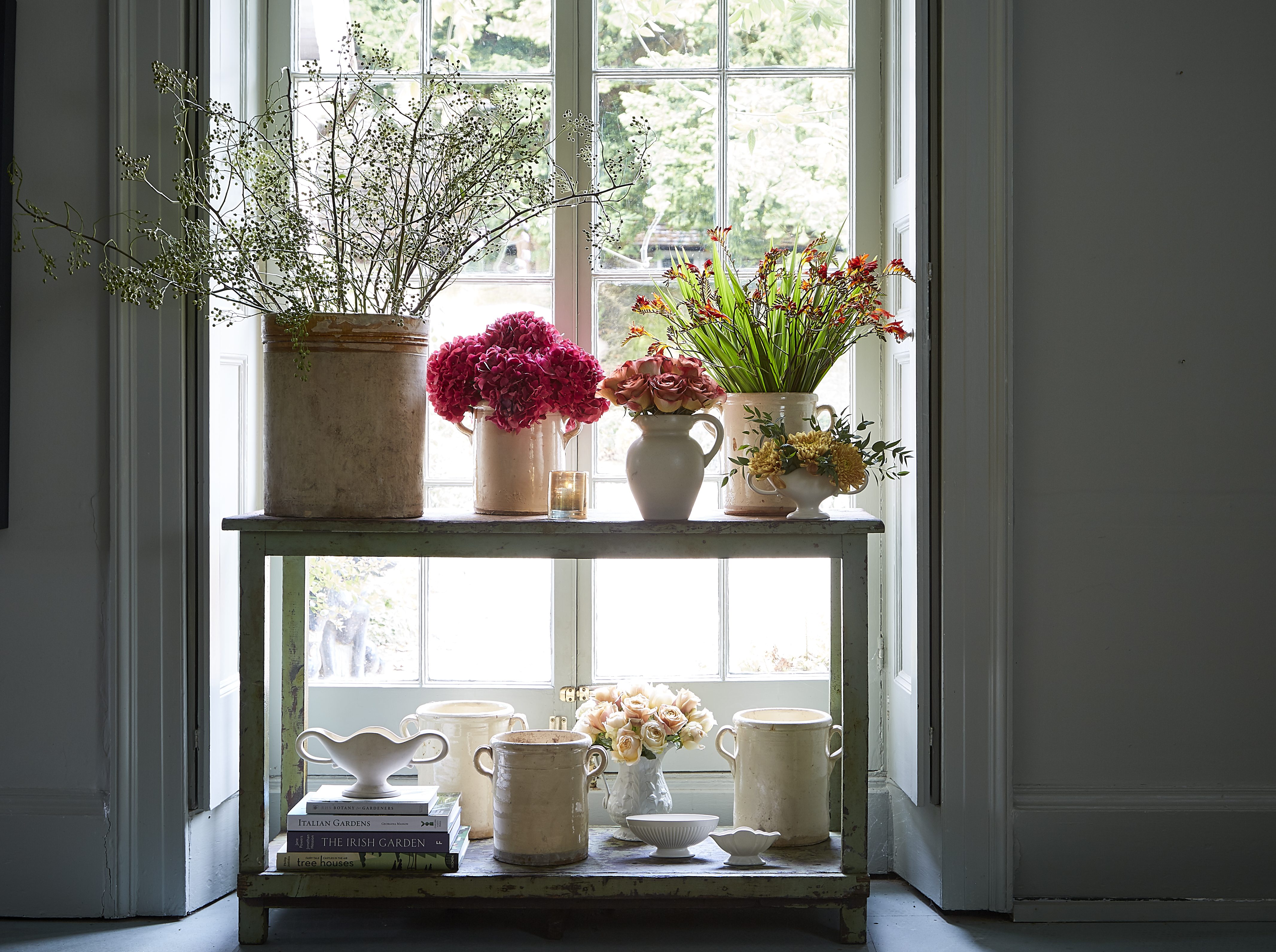
Constance Spry pottery: From charity-shop staple to the peak of chic
Catriona Gray considers the legacy of one of Britain’s most innovative florists, whose vases have have become modern collectors’ items.
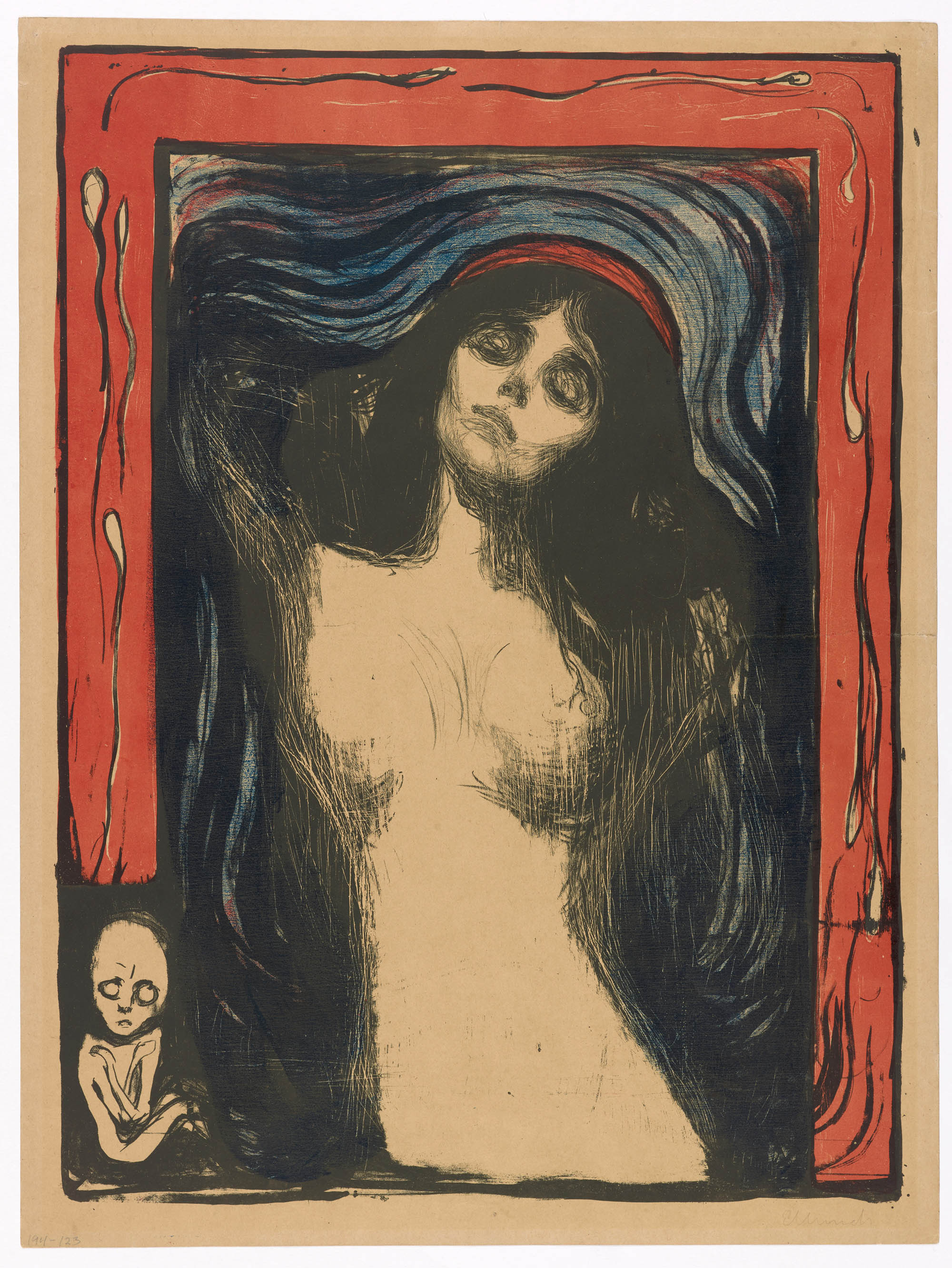
In Focus: Edvard Munch's Madonna — sanctity, fertility and mortality in a picture as startling as The Scream
Edvard Munch's fame rests on 'The Scream', but his other works are equally riveting. Lilias Wigan paid a visit to
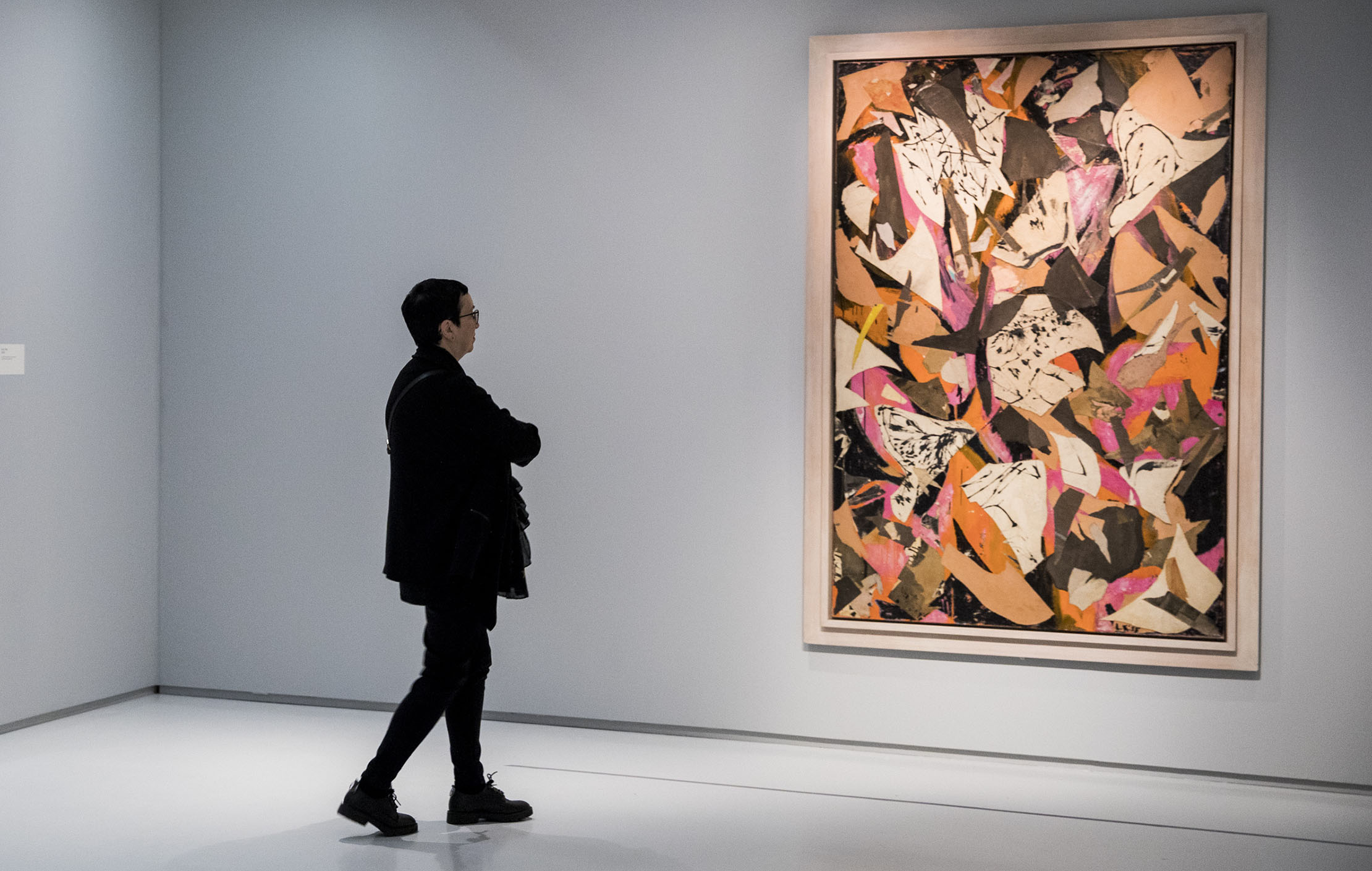
In Focus: The Bald Eagle, America's symbol, 'torn apart, deranged and fragmented' by Lee Krasner
Lee Krasner's bold work is the subject of an exhibition at The Barbican. Lilias Wigan paid a visit, and focuses

Port Lympne’s breathtaking Spencer Roberts Room: Where art and interior design meet a love of wildlife
The Spencer Roberts Room at the Port Lympne Hotel contains a spectacular mural that can teach us all something about
Country Life is unlike any other magazine: the only glossy weekly on the newsstand and the only magazine that has been guest-edited by His Majesty The King not once, but twice. It is a celebration of modern rural life and all its diverse joys and pleasures — that was first published in Queen Victoria's Diamond Jubilee year. Our eclectic mixture of witty and informative content — from the most up-to-date property news and commentary and a coveted glimpse inside some of the UK's best houses and gardens, to gardening, the arts and interior design, written by experts in their field — still cannot be found in print or online, anywhere else.
